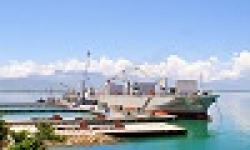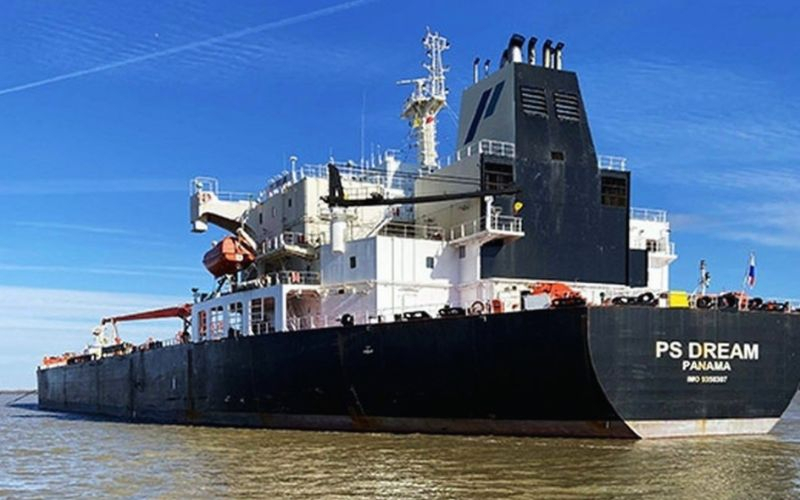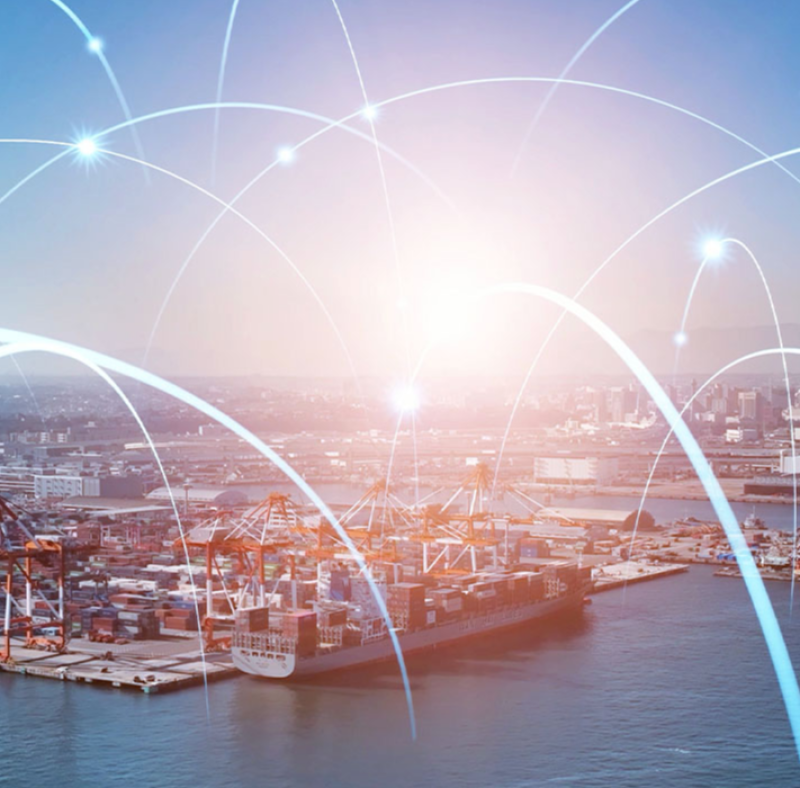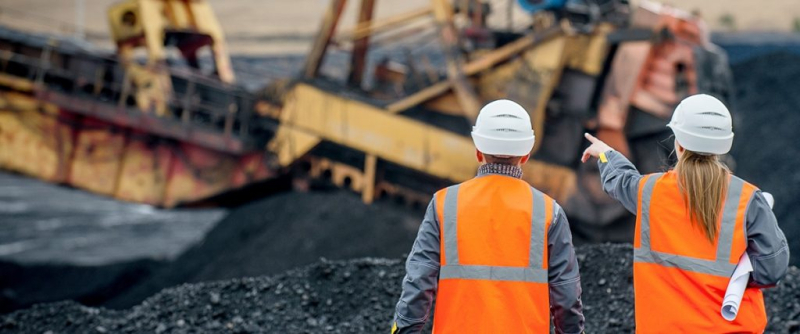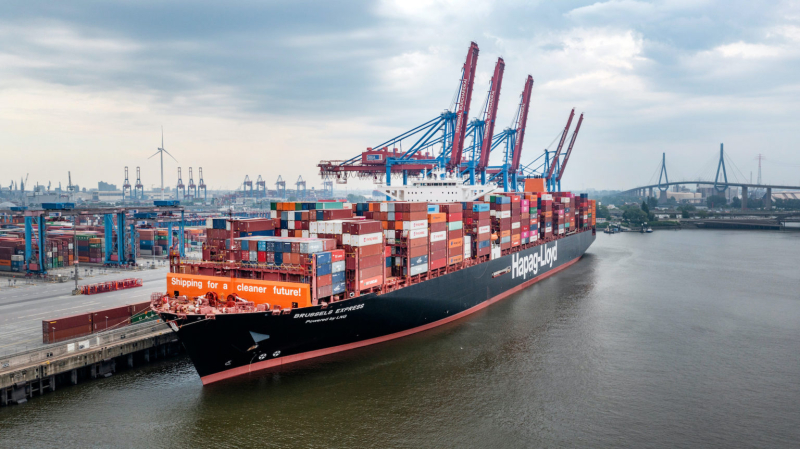
A Philadelphia shipyard owned by Hanwha, a South Korean conglomerate, makes roughly a ship and a half per year, compared with about one ship per week at the much larger facilities in its home country.Credit...Kriston Jae Bethel for The New York Times
President Trump and some members of Congress want to revive a depleted American shipbuilding industry to compete with China, the world’s biggest maker of ships by far.
It is such a daunting goal that some shipping experts say it is destined to fail. More hopeful analysts and industry executives say the Trump administration and Congress could succeed but only if they are willing to spend billions of dollars over many years.
One of the places where Washington’s maritime dreams might take shape or fall apart is a shipyard on the southern edge of Philadelphia that was bought last year by one of the world’s largest shipbuilding companies, a South Korean conglomerate known as Hanwha.
“The shipbuilding industry in America is ready to step up,” David Kim, the chief executive of Hanwha Philly Shipyard, said in an interview.
But to do that, he said, the yard must have a steady stream of orders for new vessels. And the federal government will need policies that subsidize American-built ships and penalize the use of foreign vessels by shipping companies that call on U.S. ports.
Last month, Mr. Trump issued an executive order aimed at revitalizing American shipbuilding. “We’re going to be spending a lot of money on shipbuilding,” he said when announcing the order. “We’re way, way, way behind.”
The Office of the United States Trade Representative set new rules in April that penalize Chinese ships and require that certain commercial vessels be built in the United States. In Congress, lawmakers from both parties are pushing a sprawling bill that contains significant subsidies to bolster American shipbuilding.
But there is much to overcome.
The Philadelphia yard won’t have space for new orders until 2027, and other American shipyards are so tied up with filling orders for the Navy that they don’t have the capacity to produce commercial vessels.
It takes far longer to build ships in the United States than in Asia, and costs nearly five times as much. The Philadelphia yard makes roughly a ship and a half a year, compared with around a ship a week at Hanwha’s larger facilities in its home country, Mr. Kim said.



